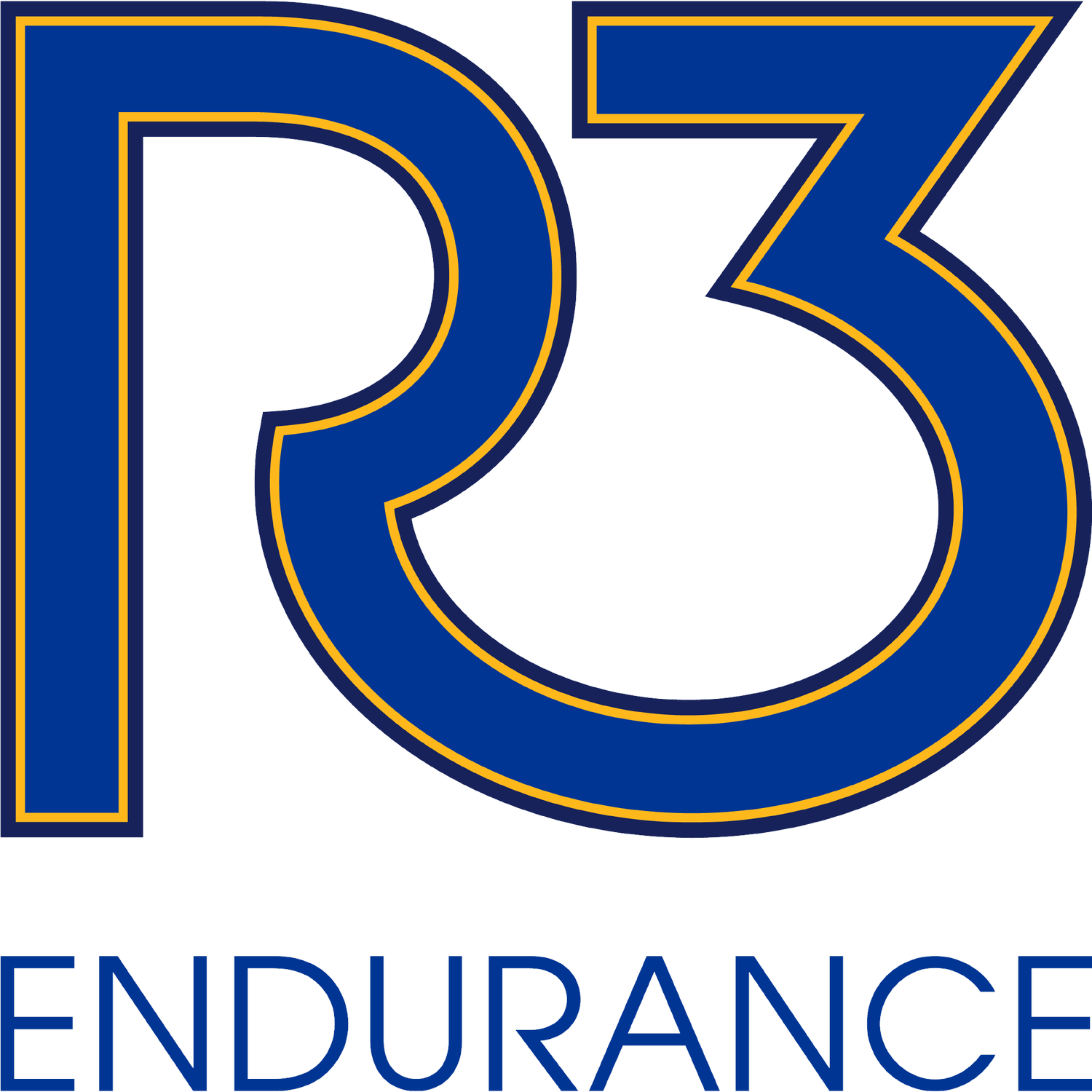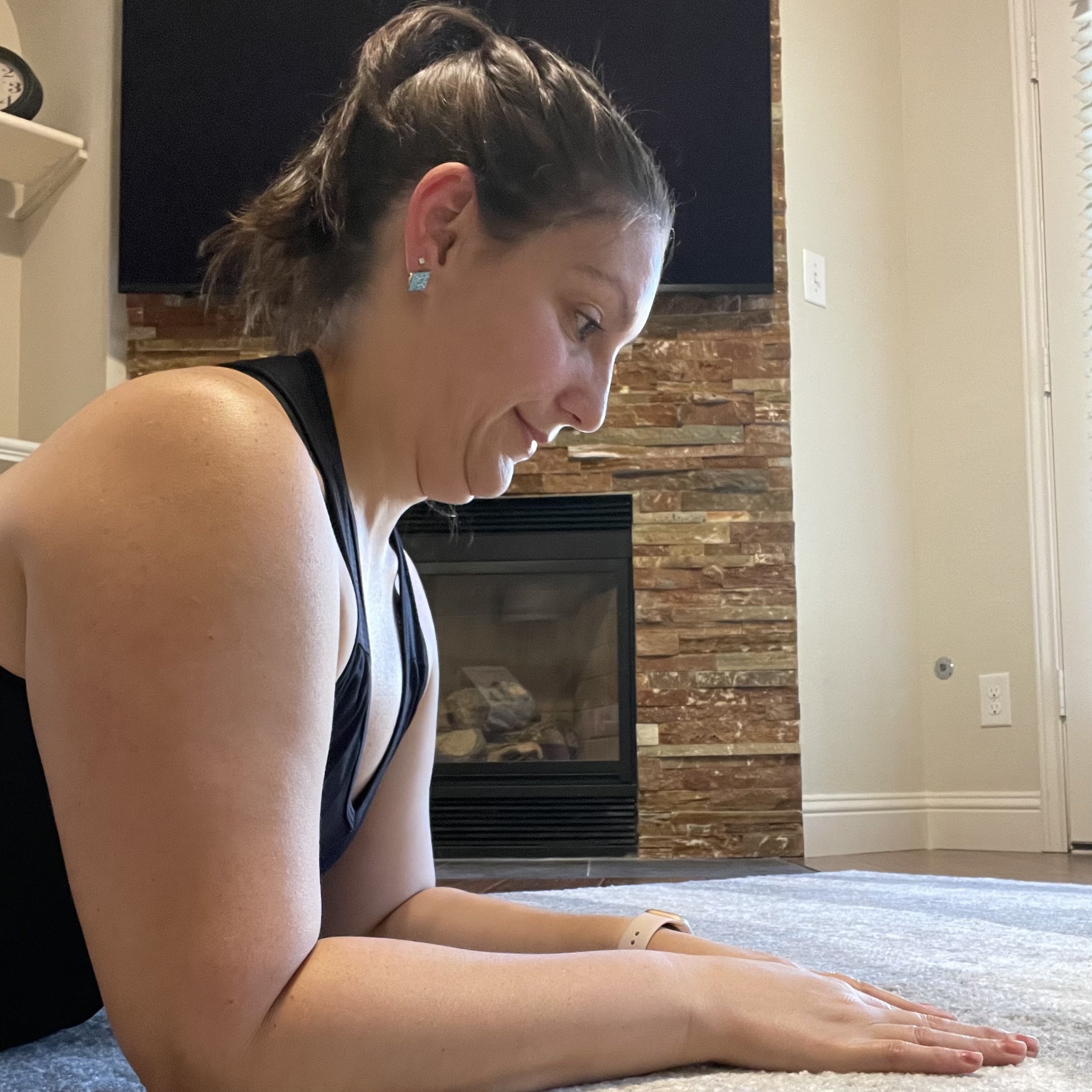Neck pain and headaches in triathletes
Ever experienced neck pain after a hard swim in the pool? Do you have neck pain or headaches after a long ride in the aero position into the next day? Do you experience pain in the back of your head radiating to the top when riding in the aero position? All of these symptoms are consistent with neck pain and possibly cervicogenic headaches or dizziness.
Let’s first talk about positioning on the bike. Most triathletes are cycling while in the aero position with the back flexed forward, elbows resting on the aerobars, and head looking up to see where they are going. With the upper back relatively flexed to accommodate elbows resting, this also causes (upper back) upper thoracic/lower cervical (neck) flexion along with upper cervical (neck) extension to allow visibility while riding. Riding in this prolonged position can cause muscle tension and tightness to the suboccipital muscles at the base of the skull (below the occiput) and it can cause stress to cervical discs in the lower cervical disc space. Increasing (upper back) thoracic flexion can also cause stress and stiffness to the thoracic spine. All of this jargon to state that the aero position can precipitate neck and upper back pain and stiffness.
While swimming, cervical rotation (neck rotation) is involved when breathing and cervical extension is involved when looking up to sight. Some swimmers prefer to breath to one side only, creating more rotation to one side over a swim session or race. This can cause greater rotation of the spine to one side versus the other causing imbalance and stiffness. When the spine is stiff and muscles are tight, it can create nerve compression causing radiating pain from the neck to the head or down to the shoulders or hands. Sometimes neck stiffness and muscle tension can also cause dizziness.
These are potential reasons for why you are experiencing neck pain, headaches, or dizziness after the swimming or cycling portion of triathlon. What can you do about it? Here are a few general stretches that can help alleviate stiffness and prevent progressive neck pain while cycling and swimming:
Cervical retraction in sitting: pull your neck straight back and hold to stretch for a few seconds, then return to starting position. Keep eyes looking ahead, you will feel a stretch in your upper neck and lower neck.
Resisted cervical retraction against the ball on the wall: Continue with the same stretch except this time place a ball between the wall and the back of your head. Press back against the ball and hold for 5s, then return to start position and repeat.
Prone on elbows cervical retraction: Lay face down propped up on your elbows, perform the same stretch in this position. This will help strengthen the muscles in front of the neck to sustain better position while riding in the aerobars.
Some other things you can do to alleviate neck pain when swimming and cycling. First, I recommend seeing your local physical therapist for a specialized program specific to your needs. Second, ensure you have a proper bike fit. Your fit can change periodically so even if you had one when you purchased your bike, it is beneficial to get another one. Third, work on your swim technique to improve your breathing and sighting form.
References:
Deakon, Robert T. “Chronic Musculoskeletal Conditions Associated With the Cycling Segment of the Triathlon; Prevention and Treatment With an Emphasis on Proper Bicycle Fitting.” Sports Medicine and Arthroscopy Review, vol. 20, no. 4, Lippincott Williams and Wilkins, Dec. 2012, pp. 200–05. https://doi.org/10.1097/jsa.0b013e3182688fa0.
Saini, Seema, et al. “Effect of Mckenzie Method on Pain and Function in Patients With Cervicogenic Headache.” Journal of Orthopedics, Traumatology and Rehabilitation, vol. 13, no. 2, Medknow, Jan. 2021, p. 112. https://doi.org/10.4103/jotr.jotr_51_20.
Villavicencio, Alan T., et al. “Neck Pain in Multisport Athletes.” Journal of Neurosurgery, vol. 7, no. 4, Oct. 2007, pp. 408–13. https://doi.org/10.3171/spi-07/10/408.



